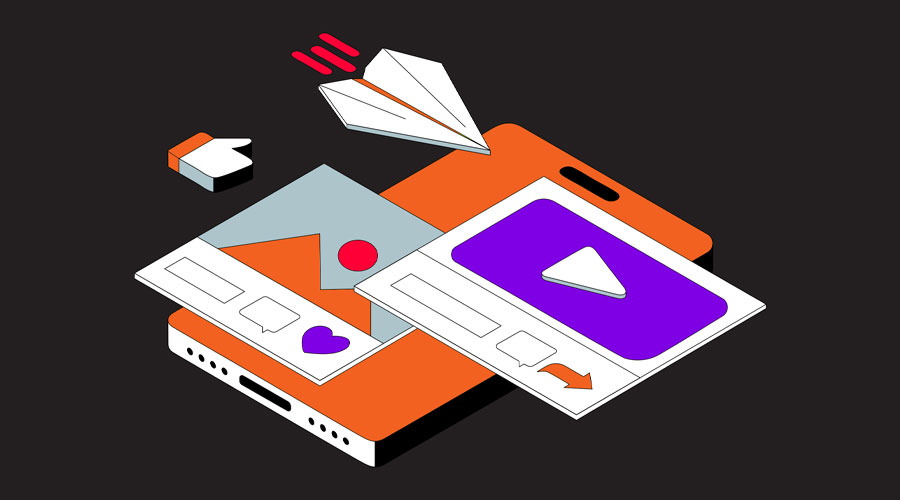Take a minute and describe a friend of yours… We’ll wait. Do it mentally so the people around you don’t think you’ve lost it.
So, what did you come up with?
Did you come up with a description of, say, a male, age between 25 to 34 living in the upper-Midwest with an annual house hold income of $75K to $100K who has interests in DIY, sports and fitness, and technology?
Guessing most of you didn’t.
While you may have a friend who falls into these demographics, you probably said something like, “Well, Tom is 28, lives in Wisconsin and is a physical therapist. He’s a huge Packers fan who enjoys working on cars on the weekend, working out and blogging about all three.”
So, what is the difference between these two descriptions, and why does it matter?
The first description is very black and white. These demographics are potentially how a marketer sees their customer base as a whole. But when looking to establish a robust digital strategy, the lines aren’t so clear. Option two gives your ideal customer a name, a face – and most importantly – a personality. This way you can better market to that person on a one-to-one basis.
Hubspot describes personas as “a semi-fictional representation of your ideal customer, based on market research and real data about your existing customers.” That’s why it’s a best practice to add some gray to your descriptions around who your clients and customers really are as people.
How to Bring Your Personas to Life
Correctly constructed personas can breathe life into your strategy and help inform how to approach it.
Start by identifying who your clients really are – how they typically use search platforms, how they approach problems, what social media they use, what their thought process is through the decision making/buying cycle, etc. This exercise will greatly enhance a marketer’s ability to choose the right message, in the right channel (both online and off), at the ideal time.
On the flip side, it can be important to create personas around those individuals you don’t want as customers. Hubspot refers to these as “Negative Personas”. These are individuals who may be “overqualified” or “underqualified” for your product. Building out traits for customers or clients who don’t match your target audience, will help weed through the unqualified leads early on, avoiding wasteful marketing spend and allowing your message to be fine-tuned.
When you’re aware of who your target isn’t you can avoid messaging and maybe even platforms used by this specific persona.
How to Take Your Strategy to the Next Level
The power in building personas is taking the descriptions of clients beyond the basic demographics and really digging into who they are and what makes them tick. This means truly understanding their motivations, wants and needs. Then, determining how to best communicate to them by leveraging this information to better map their buyer’s journey.
Let’s take a look at a few examples of how enhancing personas can improve a marketing strategy.
The Goal: Better Search Engine Optimization
What channels does each persona use for initial research? Does Dave start off on social media looking at reviews or asking questions? Does Tom prefer to start with a web query?
Knowing the answer to these questions will help focus your efforts for this stage of the funnel. If your personas mainly use search in the beginning stages of research, it’s important to consider what questions they’re asking and how they’re asking them. This behavior will inform your keyword strategy and help tailor your long-tailed SEO to these questions – ultimately providing value organically (which always remains high on any search algorithm).
The Goal: Better Channel Strategy
Building out profiles through customer research and studies helps marketing teams understand the cadence and channels customers prefer. Perhaps Denise enjoys proactively perusing your website on a weekly basis for new products, tips and more. But Jan actually prefers a monthly email to stay informed. Knowledge of persona traits (in this case reading and learning habits) also helps dictate the tone used for each platform.
Remember, varying personalities respond differently to tones used in the creative assets. Some personas may allow you to have a little more fun with copy on extremely targeted platforms, such as Facebook. Whereas other customer types may require a more dry, technical voice to be effective.
The Goal: Better Content Strategy
Does the persona you’ve developed prefer video demonstrations and testimonials in the early stages of product discovery? If so, this is the perfect opportunity to create video content from a satisfied customer in the form of a demo or testimonial. This content can then be repurposed in various ways for each persona based on what channels they prefer. This video might help serve Dave during product discovery but may also benefit Tom in after-purchase support from a “how to” standpoint.
The Goal: Better Customer Service
Understanding what information best serves Tom at specific points in his buyer’s journey and how he utilizes technology, not only makes the path to purchase a little smoother, but can also streamline customer service after the fact.
Product support should be an important part of any strategy, as is keeping the customer happy and engaged after the sale. How you structure that service team can be directly influenced by the characteristics of the personas. For example, there is no reason to have a fully staffed call center if every persona prefers email. Or, you potentially need to staff up web support because the majority of your personas prefer immediate contact, such as webchat.
Although personas can take time to build, the payoff is worth it. Not only can you truly understand your target audiences, but you can connect with them on a one-to-one level. This ultimately gives you the ability to create possible buyer journeys through various channels and deliver the right message at the right time.
Read more on how to create personas and what to do when you have them complete.






